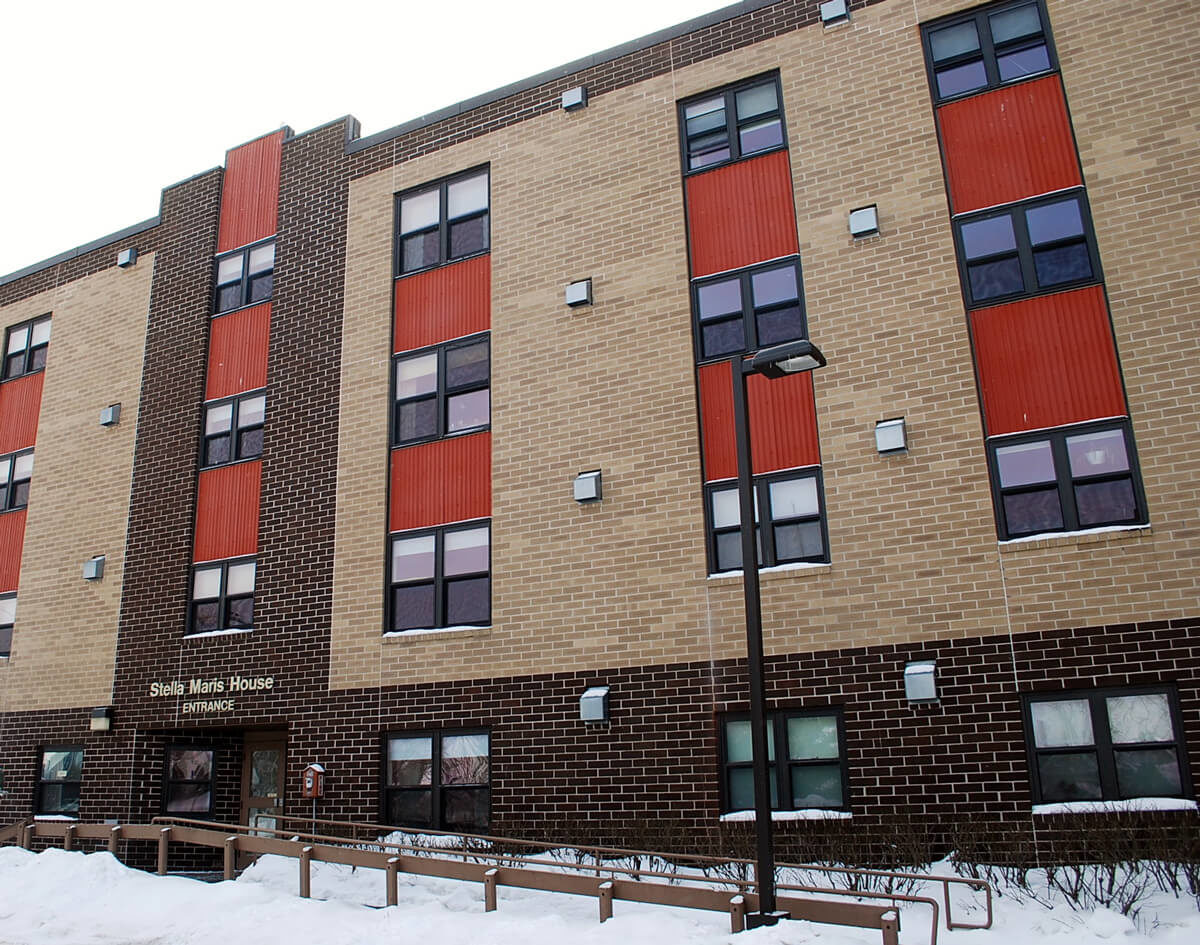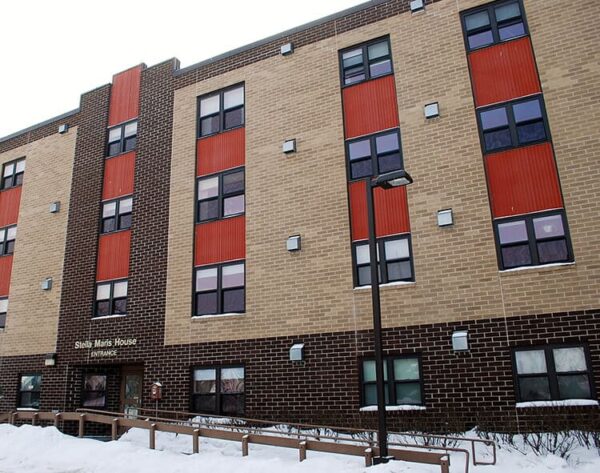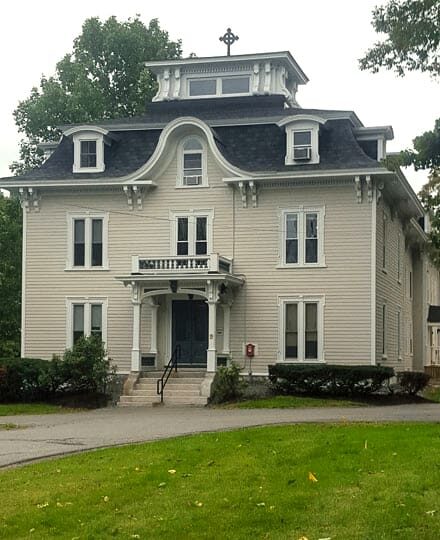
Case Study: Stella Maris & St. Xavier's House
Historic Projects Face Challenges of Sizing and Requirements When Upgrading
Upgrading older facilities, particularly historic projects, with modern bathroom fixtures and amenities can bring much needed aesthetic, maintenance, and safety relief. But it’s not without challenges. Changes in standard sizing over the years and new accessibility and code requirements can make fitting today’s products into older spaces difficult.
Code requirements, which become more stringent with each new version, are one of the first hurdles to overcome. ANSI standards in particular can be difficult to maneuver since different areas around the country use different standards. For example, New Jersey might follow ANSI 2003 while another state may have adopted a more up-to-date version.
What has also changed are sizes—simply, older bathing products, and the spaces they were installed into, don’t necessarily match what’s available today. For example, a tub being removed from a historic space could measure 56 inches wide, but the new standard is 60 inches.
These issues are in addition to the typical labor challenges of retrofit projects—demolition of existing materials. For example, concrete, one of the more common materials used in these older buildings, affects how old tubs are removed and new products are installed.

As part of a large renovation project at the Stella Maris House, a 48-unit low-income housing complex for seniors in Rockland, Maine, crews refinished all the bathrooms. This included replacing all bathtubs with shower units.
The existing bathroom units’ precast concrete floors posed the team’s first challenge. “We couldn’t change the drain location because of the precast concrete slab,” says Richard Curtis, AIA, architect and president of Richard Curtis and Associates in Portland, Maine. Curtis and his team chose a Bestbath™ shower unit because the drain can be placed in any location on the shower floor.
Focusing on the strength of the shower floor was another important aspect to retrofitting the Stella Maris bathrooms. “You don’t want to have just a fiberglass floor that can crack. You need a solid floor that will withstand weight and use,” Curtis adds. Bestbath floors accomplished this task which included a wood core encased in composite making it solid and sturdy.
Bestbath’s units also could be specified to fit into the existing bathtubs’ 5-foot-by-30-inch footprint. The multipiece tubs allowed the installers to bring in the shower system in pieces, an essential detail due to the bathrooms’ small size. In addition the shower systems are designed for quick and easy installation with leak-free solutions. The managers at Stella Maris didn’t have to worry about water escaping the shower that would risk their residents’ safety.

St. Xavier’s Home in Bangor, Maine, is another facility that was faced with the challenges of retrofitting bathrooms in an older building using new products and guidelines. Space was the biggest challenge of this project as the team’s goal was to upgrade bathroom units to meet ADA guidelines.
“Most bathrooms are not big enough to accommodate a handicap person,” says Alan Hinkley, construction superintendent for the Catholic Diocese of Portland, Maine. The toilet and sink had to be relocated to accommodate more space, and shower units replaced the tubs.
The team chose a multipiece shower solution from Bestbath for multiple reasons. One, they could easily get the systems through the tight door spaces which are common in older buildings. Second important reason for choosing Bestbath: Grab bars. This system was the only one that met their needs and also allowed for grab bars which are essential for residents. Finally but just as important, the team liked the fact these systems do not require moving the drain.
Bestbath shower system eliminates the installation challenges presented by the concrete walls. The system’s built-in plywood backing simplified installation while allowing precise grab bar placement for each user, another component of ADA guidelines. Meeting all the primary needs in these two facilities was important to all involved. By working together with the engineers at Bestbath, ideal solutions were easily installed that are up to current code standards and improve the safety of all residents without a major remodel of the buildings’ structure.
Download Case Study

Sign Up
For Our
Newsletter

